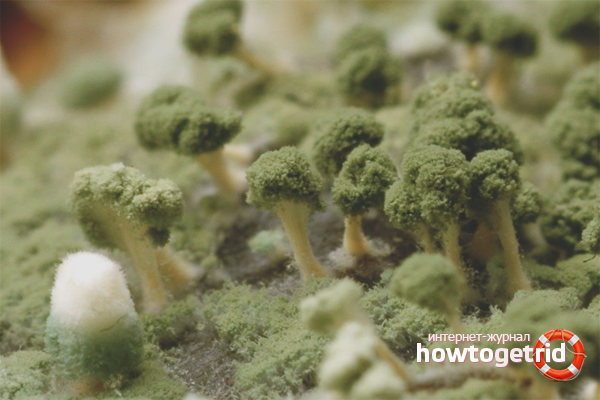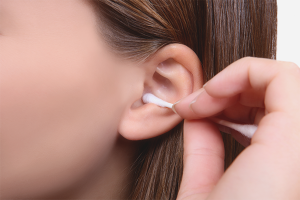The content of the article
An unpleasant raid on the soil in flower pots at first shocking beginner gardeners, but the enemy is not as terrible as it seems at first glance. Correctly monitor the plants, be able to get rid of a grayish or white film on the soil under the strength of everyone. It is necessary to deal with mold, as it is very harmful for flowers, especially for young seedlings, plants can die without proper care.
Causes of mold
The main reason for the appearance of mold is a fungal infection, but the fertile environment for it creates inadequate care of the grower for plants, which creates all the conditions for the development of pathogens. The main factors in the formation of flower ailment:
- Pretty low temperature in the room.
- High air humidity, it is in a humid environment that fungal organisms instantly multiply.
- Inadequate water circulation in the pot.
- Frequent uncontrolled watering, you need to know the fluid rate for each species.
- The quality of the soil, its increased acidity or heaviness help the development of the fungus.
Types of mold in flower pots
There are a lot of varieties of molds. Representing colonies developing from spores, they are constantly present in the air. As soon as the necessary humidity and temperature are created, the fungi begin to develop at a frantic speed. To understand the situation, consider the most common types of mold.
Black mold
In fact, it can take on various shades. Loves moisture very much, can develop not only on materials, but also on products. Certain types of mushrooms of this family are used even in the pharmaceutical industry. Most unpleasant for humans, can cause allergies and respiratory problems. Very common on premises.
White mold
This family is most often found on soil, trees, plants, sometimes on bread. Flower pots are one of the best mediums for these fungi. It is necessary to distinguish salt deposits from mold, the first has a crystalline form, while the second is easily flexed in the hands.
Blue stain
These microorganisms are especially harmful to the fiber of the tree. Eating wood from the inside, completely decompose the tree species. They have a specific pale blue color.
Actinomycetes
They resemble algae, greatly soften the wood. It is important to distinguish them from other species in order to fight in the most effective way, because each family has its own poison.
Efflorescence
The most common form of mold, which is a salt or alkaline coating, has a white, sometimes colored tint. It is dangerous because it crystallizes not only on the surface, but also inside the environment.
What is dangerous mold for flowers
Mold formations lead to a violation of the normal functions of the plant. Disrupting the soil, fungi deprive the flowers of the necessary substances that they feed on. Rotting of the roots and stems of young shoots leads to the fact that one day you will find dead plants in a flower pot. The visual effect is a trifle compared to the damage caused by fungal formations to indoor flowers.
How to get rid of mold
In the fight against mold, the main thing is the timeliness and effectiveness of the procedures. The most important things to do:
- At the first signs of molds on the ground, immediately remove its upper layer, the penetration of fungi very quickly develops deeper and deeper inward.
- Replace the removed layers of the earth with new soil with useful additives, activated and charcoal, sphagnum moss. These additives are not only moisture filtrates, but also have a bactericidal effect.
- The renewed earth must be poured with a special solution. For this, two grams of foundationazole is added per liter of water. If the mold has already hit the plant itself, with this tool you can spray the stems and leaves.
- Loosen the topsoil regularly to improve moisture circulation and prevent stagnation.
- Dilute half a teaspoon of citric acid in a glass of water and water the solution twice a month to neutralize the fungi in the ground.
Mold Prevention
It’s easier to prevent mold than to fight it. To do this, you must:
- make soil drainage using ground gravel;
- watering flowers rarely, but plentifully;
- use filtered water;
- periodically prepare a weak manganese solution for irrigation;
- monitor the humidity in the room;
- drip the cloves of garlic near the flower, after watering and drying the soil, remove them.
As you can see, the precautionary measures are quite simple and do not require much effort.
Pay due attention to your pets, flowers are living things that people are responsible for.
Video: saving indoor plants from pests and diseases










Submit